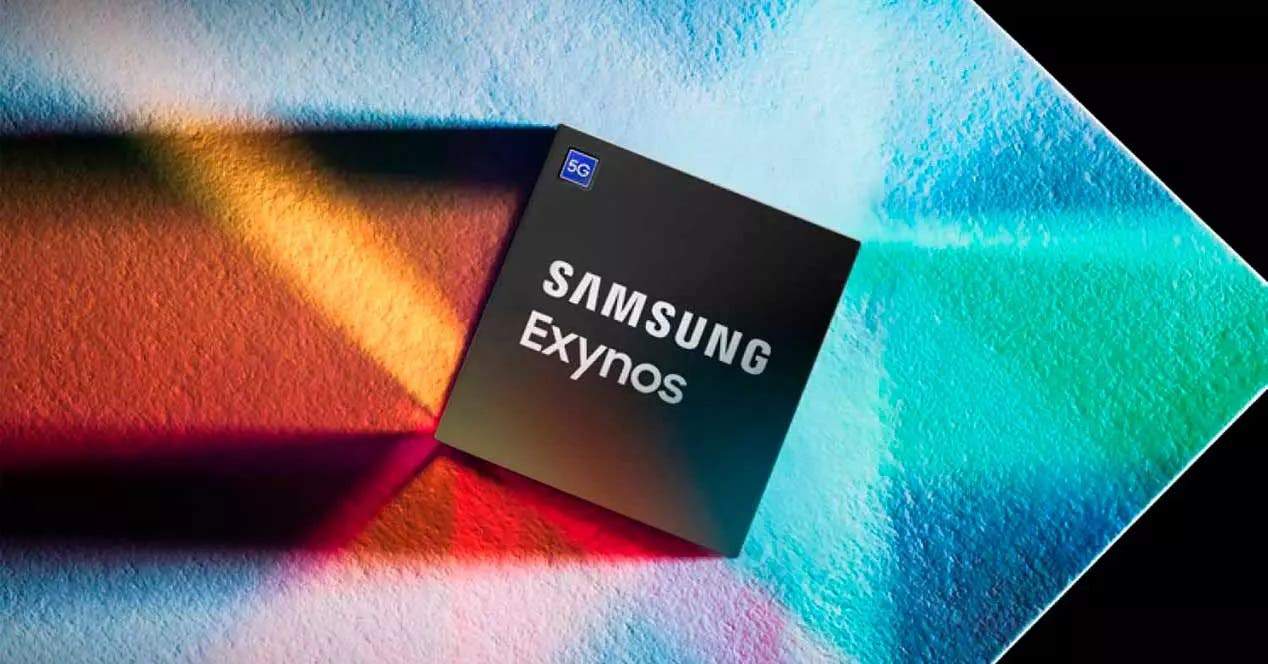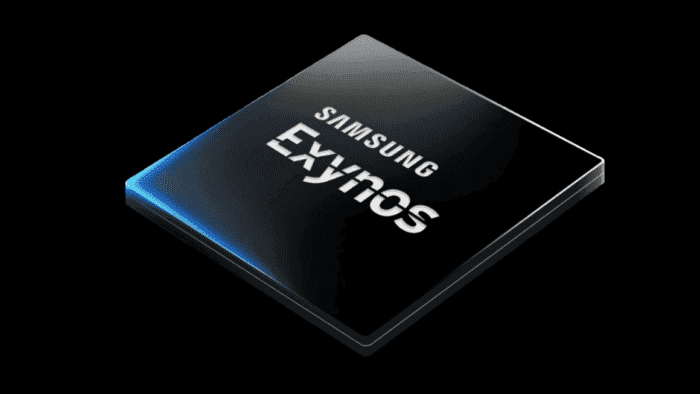Samsung’s Galaxy Unpacked event is just around the corner, and tech enthusiasts are eagerly anticipating the announcement of the new folding phones. However, amidst the excitement, troubling rumors have emerged about the future devices the company is considering.
According to reliable sources, Samsung might be making a surprising move by reverting to its own-brand Exynos hardware for the upcoming Samsung Galaxy S23 FE. This would mark a departure from the recent trend of using Snapdragon chips in their devices. The Galaxy S23 FE will launch later this year, and its switch to Exynos has raised concerns among fans.
Samsung’s return to Exynos processors

The original Samsung FE phone, the S20 FE, was equipped with Snapdragon hardware, aligning with the “Fan Edition” theme that defines the line. Switching back to Exynos for the S23 FE could generate doubts about whether fans will like the change. Past experience suggests that the fans might not like this move.
Additionally, the rumors suggest that Samsung’s Galaxy S24 series in 2024 may also see a return to Exynos in certain regions. For the current Galaxy S23 series, all three models were running Snapdragon globally.
When the Galaxy S23 series was launched, Samsung emphasized the use of Snapdragon 8 Gen 2 for Galaxy in their press release and marketing materials. This variant offered slightly higher clock speeds than the standard Snapdragon 8 Gen 2 platform. Setting it apart from competitor devices. Many believed this partnership would continue for years to come. But it appears that the global reliance on Snapdragon for flagship Galaxy S devices was short-lived.
It seems that Samsung might adopt a strategy it has used in the past, providing the Exynos variant to the European market and opting for the Qualcomm solution in other markets like the US and South Korea. However, this approach hasn’t always been well-received by technology enthusiasts and network operators. They preferred the predictability and performance advantages of the Qualcomm Snapdragon platform. Thus, the previous switch to Snapdragon for the Galaxy S23 series was met with delight across various markets.
Gizchina News of the week
Chief Analyst and CMO of CCS Insight, Ben Wood, commented on the situation, stating that he would be surprised if Samsung completely abandons Snapdragon for the vital European market. Nonetheless, he speculates that Samsung might introduce Exynos in smaller markets to maintain competitiveness. Additionally, it’s possible that Samsung is leveraging these rumors to keep Qualcomm on its toes and maintain its in-house platform’s relevance.
Exynos processors Pros and cons

Exynos processors have a few downsides, including:
- Performance: In general, Exynos processors are not as powerful as Snapdragon processors. This is especially true in terms of graphics performance.
- Power efficiency: Exynos processors are not as power efficient as Snapdragon processors. This means that they can drain the battery faster, especially when running demanding tasks.
- Availability: Exynos processors are not available in all markets. This is because Samsung only uses them in certain regions, such as Europe and Asia.
- Heat: Exynos processors can run hotter than Snapdragon processors. This can lead to throttling, which can reduce performance.
Despite these downsides, Exynos processors offer a number of advantages, including:
- Price: Exynos processors are generally more affordable than Snapdragon processors.
- AI capabilities: Exynos processors have better AI capabilities than Snapdragon processors. This is because they use Samsung’s own Neural Processing Unit (NPU).
- Support for high-resolution displays: Exynos processors support high-resolution displays, such as QHD+ and WQHD+.
In conclusion, Samsung’s decision to return to its own Exynos hardware for the Galaxy S23 FE and potentially the Galaxy S24 series in certain regions has raised questions and concerns. Fans are curious about how this shift will impact the performance and popularity of the devices. As the Galaxy Unpacked event approaches, all eyes are on Samsung, waiting to see how the tech giant will navigate these potential changes and what it means for the future of its flagship smartphones.





